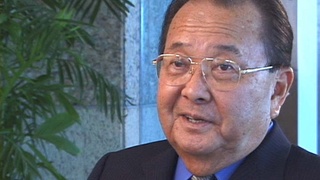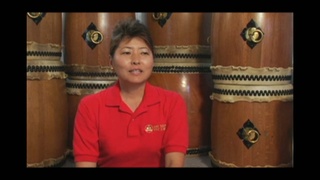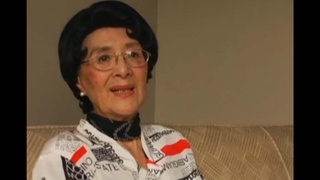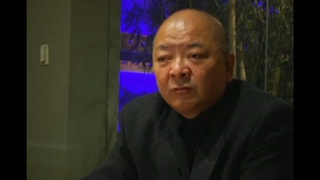Interviews
President Fujimori as elected by Peru's general public (Japanese)
(Japanese) The people who chose Mr. Fujimori were not Nikkei. I think this is rather strange. People who chose Mr. Fujimori as President were the Peru’s general public, especially the native people in the outskirts who were central to his election. The people in society who were decidedly not benefiting from the existing political parties, the existing politicians, or the existing class establishment, had declared their protest, and were, to be honest, not dyed with any particular political colors. And then, there was the image of Nikkei as hard workers. During the President’s campaign, Fujimori took full advantage of its image and he emphasized himself as Nikkei. The diligence and honesty of the Japanese people were set forth as the banner of the campaign. He managed to get their vote—of course he got that vote.
Date: May 7, 2007
Location: California, US
Interviewer: Yoko Nishimura
Contributed by: Watase Media Arts Center, Japanese American National Museum
Explore More Videos


Inouye’s strategy for educating the American public
(1917 - 2004) Political activist

Redress clash between Senators Inouye and Hayakawa
(1917 - 2004) Political activist

The unheralded help from beyond the community
(1917 - 2004) Political activist


Different races have to live together and interact
(1917 - 2004) Political activist


The multicultural perspective
(b.1960) Third-generation taiko drummer, leader of Maui Taiko

Japanese in Minot
(1928 - 2008) Drafted into both the Japanese Imperial Army and the U.S. Army.

First Meeting with Yoshitaro Amano (Japanese)
(b. 1929) President of Amano Museum

Yoshitaro Amano, who was Fascinated by the Chancay Culture (Japanese)
(b. 1929) President of Amano Museum

An Opportunity to Learn more Japanese (Japanese)
(b. 1929) President of Amano Museum

A Lifestyle Using Both Japanese and Spanish (Japanese)
(b. 1929) President of Amano Museum

Integrating As First-Generation Japanese-Peruvian (Japanese)
(b. 1962) Japanese restaurant owner and chef in Peru

Delivering Dinner for Former President Fujimori (Japanese)
(b. 1962) Japanese restaurant owner and chef in Peru
